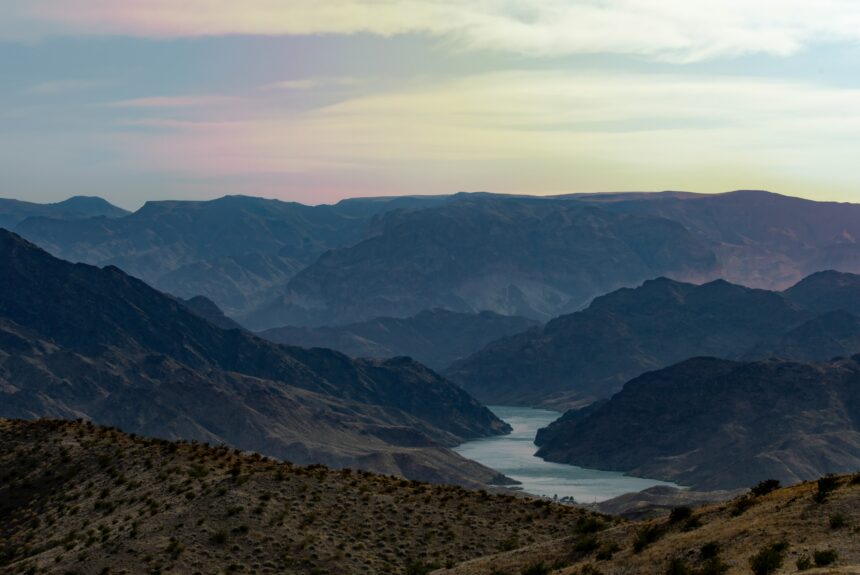Water management is an ongoing struggle of the American West, and the Colorado River is the very picture of these woes. The river currently provides water for 40 million people across multiple states and parts of Mexico but is drying up at an alarming rate. Now, three western states have banded together in making a significant commitment to Colorado River conservation. But will their commitments make a difference?
>>>READ: New PERC Research Offers Path Forward for Arizona Water Reform
Nevada, Arizona, and California have come together and agreed to leave record levels of water in Lake Mead. Lake Mead is the largest water reservoir in the United States and stores water that then feeds the Lower Basin of the Colorado River. As the three Lower Colorado River Basin states, Nevada, Arizona, and California have committed to leaving three million acre-feet of water in Lake Mead by 2026.
The voluntary commitment to conserving water sources by these three states is admirable. And, with less water being drawn from Lake Mead, the Lower Colorado River will likely stabilize through 2026. But will this commitment make a difference past 2026? Without water management reform, probably not.
“In the American West, the response to drought has historically been to divert more water, build dams, or pump groundwater,” explains the Property and Environment Research Center (PERC) in its report, Down to the Last Drop. “But many of those options are no longer politically or economically feasible. To adapt, western communities are going to have to find ways to do more with less water—and to do so through cooperation instead of conflict.”
Even without knowing what the updates to Bureau of Reclamation operating guidelines will look like, Nevada, Arizona, and California have water management options open to them aside from just committing to reduce the amount of water each state uses.
One option is the state development of better water markets. “Water trades are transactions to buy, sell or lease a water right, in whole or in part,” data analyst Charlie Lai explained for Earth.Org.
“When water rights are freely traded between end users, a water market is thus developed. The market price of water reflects the resource’s demand and supply, and may be different across regions and types of rights. Prices will change in response to any fluctuations in supply and demand. Consider a situation where drought is persistent and water is, therefore, low in supply, the price of water would presumably increase…The market mechanism of water trade thus allows scarce water resources to be allocated in accordance to the highest valued use, reallocating water from low to high valued uses to encourage efficiency gains. The economic incentive of water trade also promotes water conservation and discourages over-irrigation or overuse of water, as the saved excess water can be sold while paying is required when there are water shortages.”
State water markets are complex, but not impossible, to establish. PERC has previously published guidance on how Arizona could implement water markets to better handle drought and lower Colorado River levels, and the recommendations are easily extrapolated for Nevada and California.
>>>READ: New Pilot Project Increases Solar, Decreases Drought
But there are other reforms Nevada, Arizona, and California could pursue for better water conservation. Sustainable groundwater pumping is one way these states can limit how much water they are pulling from the Colorado River. Working with farmers to incentivize water conservation is another key way to protect water supplies without harming state residents. Supporting voluntary conservation efforts in urban areas is also important.
Nevada, Arizona, and California are right to acknowledge that action needs to be taken to stabilize the Colorado River. And the states’ conservation efforts will likely create needed stability through 2026. But to really change the future of the Colorado River and increase conservation, innovative reforms are needed.
Kelvey Vander Hart is a native Iowan, a member of the American Conservation Coalition, and a communications specialist at Reason Foundation.
The views and opinions expressed are those of the author’s and do not necessarily reflect the official policy or position of C3.
